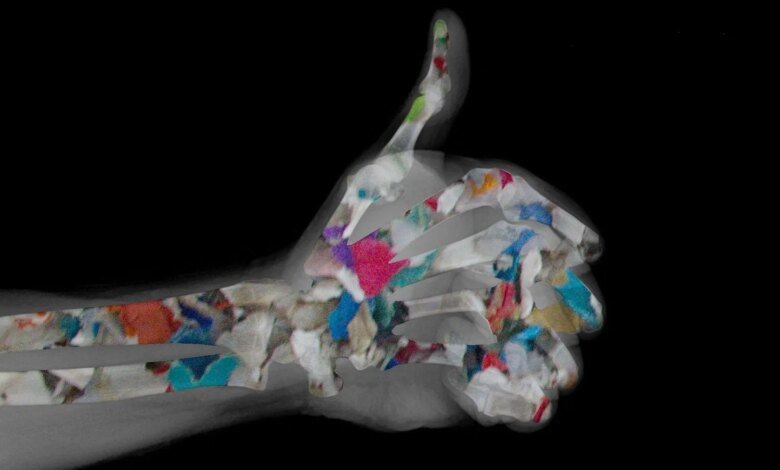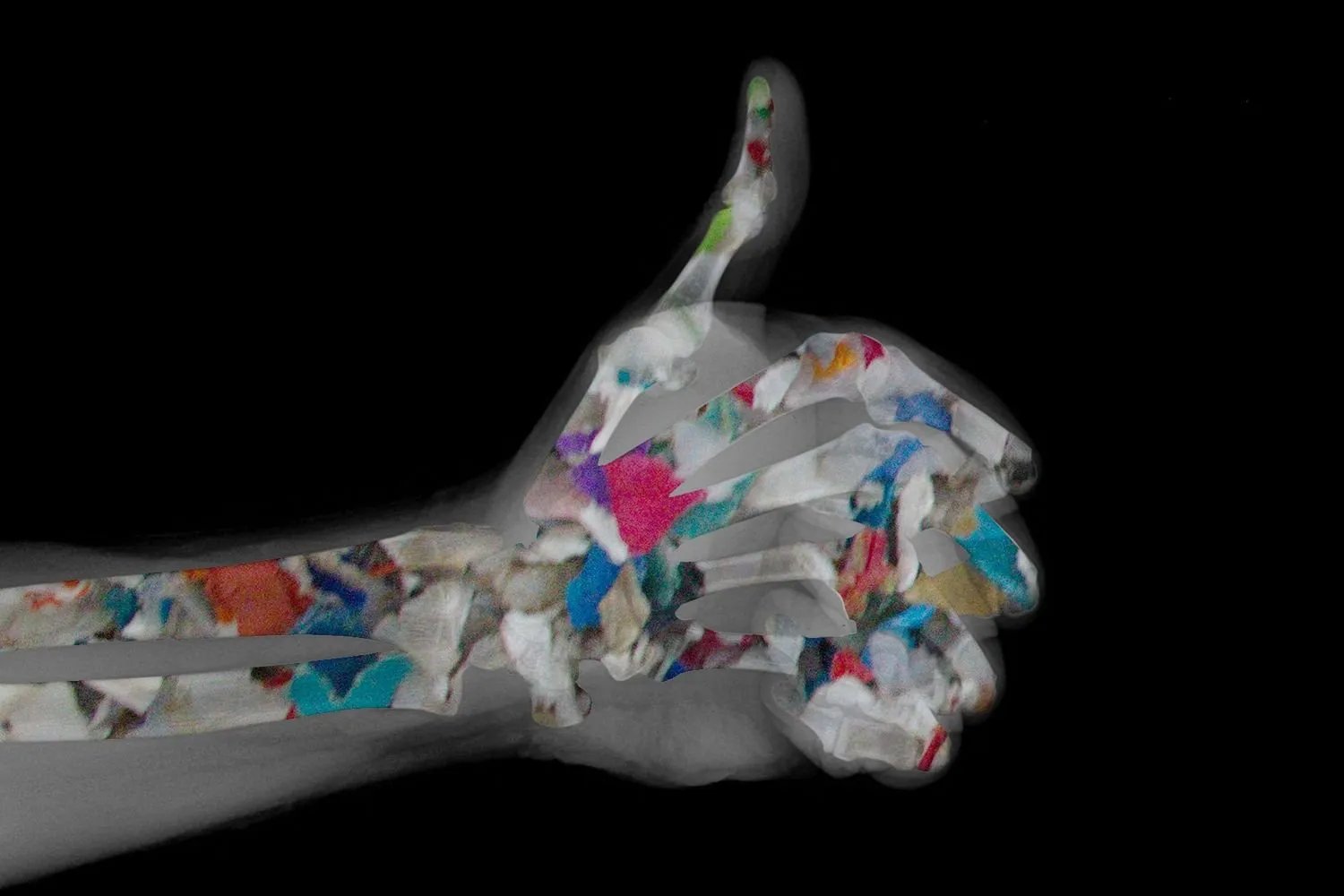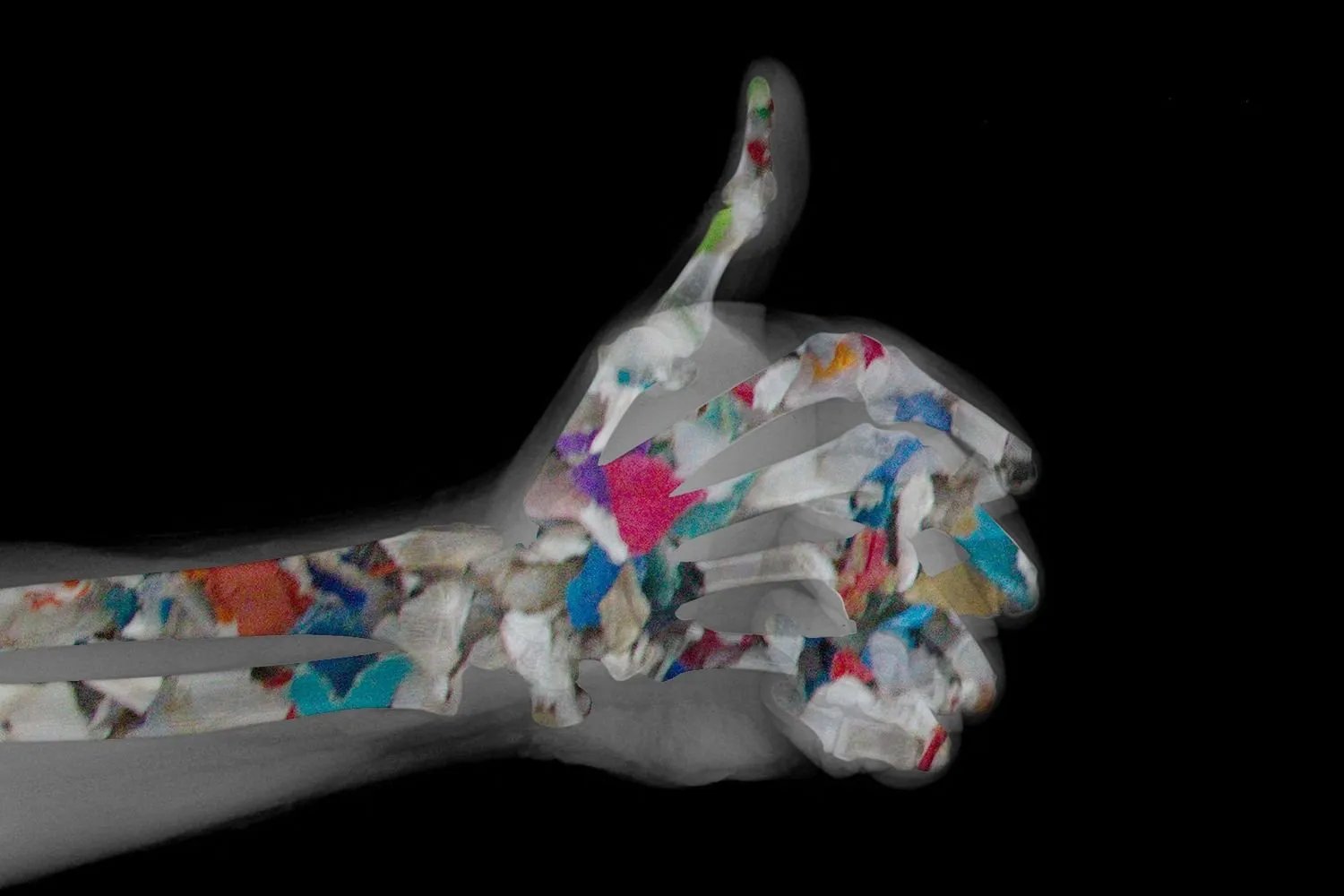Scientists Warn Microplastics May Be Weakening Your Bones

Scientists Warn Microplastics May Be Weakening Your Bones

- A review study conducted by Brazilian researchers found growing evidence that microplastics can reach and build up in human bone tissue, potentially disrupting bone metabolism.
- Lab and animal studies indicated that microplastics trigger oxidative stress, inflammation, and premature aging in bone cells, which can impair bone formation and growth.
- While human impacts are still being studied, scientists warn that understanding how microplastics contribute to bone-related diseases could help address rising global rates of fractures and osteoporosis.
Microplastics are back in the scientific headlines, this time for their potential adverse effects on your bones.
In June 2025, a Brazil-led research team published the results of their review study titled Effects of Microplastics on the Bones. The study analyzed over 60 scientific articles to investigate the potential effects of microplastics (defined as plastic particles smaller than 5 millimeters) on bone health. Specifically, the team examined cell studies to understand how human and animal bone cells react when exposed to plastics, which typically enter the body through water, food, or inhalation, and then reach the bones via blood or the lymphatic system.
They also reviewed animal studies to assess bone growth, blood and immune system changes, and looked at studies that detected microplastics in human skeletal tissues to emphasize the importance of their work in the field and in your daily life.
The team presented several key studies, including some that found microplastics in human bone tissue. Those microplastics, the studies found, tend to stress and age cells by increasing oxidative stress and triggering inflammation. They can even alter stem-cell behavior, as evidenced by bone marrow cells exhibiting a reduced ability to turn into bone-forming cells.
And, as the researchers make clear, these findings aren’t small by any measure.
“The potential impact of microplastics on bones is the subject of scientific studies and isn’t negligible,” Rodrigo Bueno de Oliveira, the coordinator of the Laboratory for Mineral and Bone Studies in Nephrology at the Faculty of Medical Sciences, shared in a statement. “For example, in vitro studies with bone tissue cells have shown that microplastics impair cell viability, accelerate cell aging, and alter cell differentiation, in addition to promoting inflammation.”
Oliveira stated that the studies they reviewed demonstrated that, in animals, plastics caused “accelerated osteoblast senescence,” which can lead to bone weakening and deformities. He added, “In this study, the adverse effects observed culminated, worryingly, in the interruption of the animals’ skeletal growth.”
The team reported on a particularly alarming study involving zebrafish exposed to diets containing microplastic particles. Those researchers found an “increased incidence of skeletal deformities at 30 days post-fertilization” and a “decreased bone quality at 90 days post-fertilization.” They also observed that fish exposed to microplastics had reduced growth and reproductive performance, along with “intergenerational effects” on future fish.
While Oliveira is the first to acknowledge that the effects of microplastics on humans are not yet fully understood, there is a “significant body of research” that suggests microplastics can “reach deep into bone tissue, such as bone marrow, and potentially cause disturbances in its metabolism.”
This work becomes even more crucial as the world’s population continues to age. As the International Osteoporosis Foundation‘s data shows, the number of hip fractures across the globe is projected to nearly double by 2050 compared to 2018.
“Improving quality of life and reducing the risk of bone complications, such as fractures, is a priority in healthcare,” Oliveira said. “We already know that practices such as physical exercise, a balanced diet, and pharmacological treatments contribute significantly to this.”
However, he pointed out, while scientists, researchers, and medical professionals understand “osteometabolic diseases,” there is a “gap in our knowledge regarding the influence of microplastics on the development of these diseases.” And that is why his team will continue to “generate evidence suggesting that microplastics could be a potential controllable environmental cause to explain, for example, the increase in the projected number of bone fractures.”
Disclaimer: This news article has been republished exactly as it appeared on its original source, without any modification.
We do not take any responsibility for its content, which remains solely the responsibility of the original publisher.
Author: Stacey Leasca
Published on: 2025-10-16 13:01:00
Source: www.foodandwine.com
Disclaimer: This news article has been republished exactly as it appeared on its original source, without any modification.
We do not take any responsibility for its content, which remains solely the responsibility of the original publisher.
Author: uaetodaynews
Published on: 2025-10-16 13:46:00
Source: uaetodaynews.com





